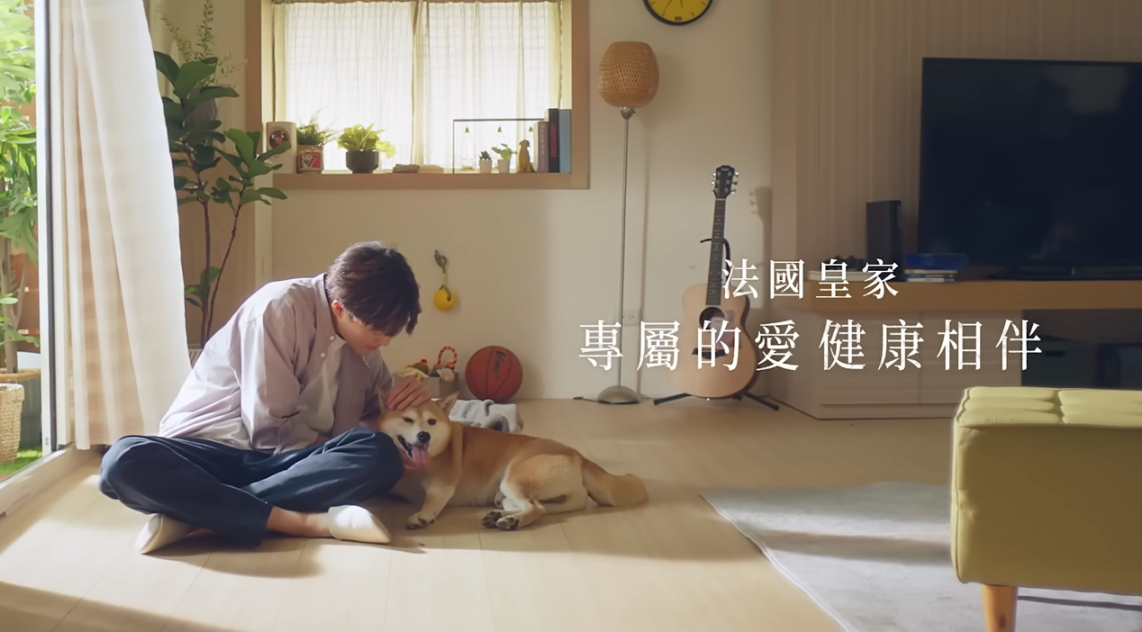Inverter is divided into centralized inverter, group of string inverter and distributed inverter.
1. The centralized inverter
Centralized inverter As the name suggests is the PV module generated by the DC power into the AC after the boost, and network. Therefore, the power of the inverter is relatively large. Photovoltaic power plants generally use more than 500KW centralized inverter.
The advantages of a centralized inverter are as follows:
(1) power, the number of small, easy to manage; components less, good stability, easy to maintain;
(2) less harmonic content, high power quality; protection function is complete, high security;
(3) a power factor adjustment function and low voltage through function, power grid regulation is good.
Centralized inverter problems are as follows:
(1) centralized inverter MPPT voltage range is narrow, can not monitor the operation of each component, it is impossible for each component is in the best working point, component configuration is not flexible;
(2) centralized inverter covers an area of large, need a dedicated room, the installation is not flexible;
(3) its own power consumption and room ventilation cooling power consumption.
2. The group of string inverter
Group string inverter is the name suggests is the PV module directly generated by the direct conversion of AC power after the boost, and network. Therefore, the power of the inverter is relatively small. Photovoltaic power plant in the general use of 50kW below the group of string inverter.
Advantages of the group of string inverters:
(1) from the group of string differences between the module, and the shadow of the impact, while reducing the optimal operating point of the PV module does not match the situation with the inverter, the maximum increase in power generation;
(2) MPPT voltage range is wide, more flexible configuration of components; in rainy days, fog and more areas, power generation time is long;
(3) smaller, small footprint, no special room, flexible installation;
(4) low power consumption, failure of small impact.
Group string inverter problem:
(1) power device gap is small, not suitable for high altitude areas; components are more integrated together, the stability is slightly worse;
(2) outdoor installation, wind and sun can easily lead to shell and heat sink aging;
(3) the number of inverters, the total failure rate will increase, the system monitoring is difficult;
(4) without isolation transformer design, electrical safety is slightly worse, not suitable for thin film components negative grounding system.
3. The distributed inverter
Distributed inverter is the last two years, a new form of inverter, its main features are "concentrated inverter" and "decentralized MPPT tracking." The distributed inverter is a product that combines the advantages of two inverters and a series of inverters, which achieves the low cost of a centralized inverter and a high power generation "
Advantages of distributed inverters:
(1) In contrast to centralized, "decentralized MPPT tracking" reduces the probability of mismatch and increases power generation;
(2) Compared with the centralized and group string, the distributed inverter has the boost function, which reduces the line loss;
(3) Compared with the group string, "concentrated inverter" in the construction cost more advantages.
Distributed inverter problem:
(1) less experience in engineering. Because it is the new form of the past two years. In the application of the project, after all, still a minority;
(2) safety, stability and high power generation and other characteristics also need to go through the inspection of the project;
(3) because the use of "concentrated inverter", therefore, covers an area of large, need to special room shortcomings also exist in the distributed inverter.
JNGE POWER can provide you with AC hybrid DC power inverter,DC to ac pure sine wave inverter and low frequency pure sine wave inverter,etc.


 留言列表
留言列表


